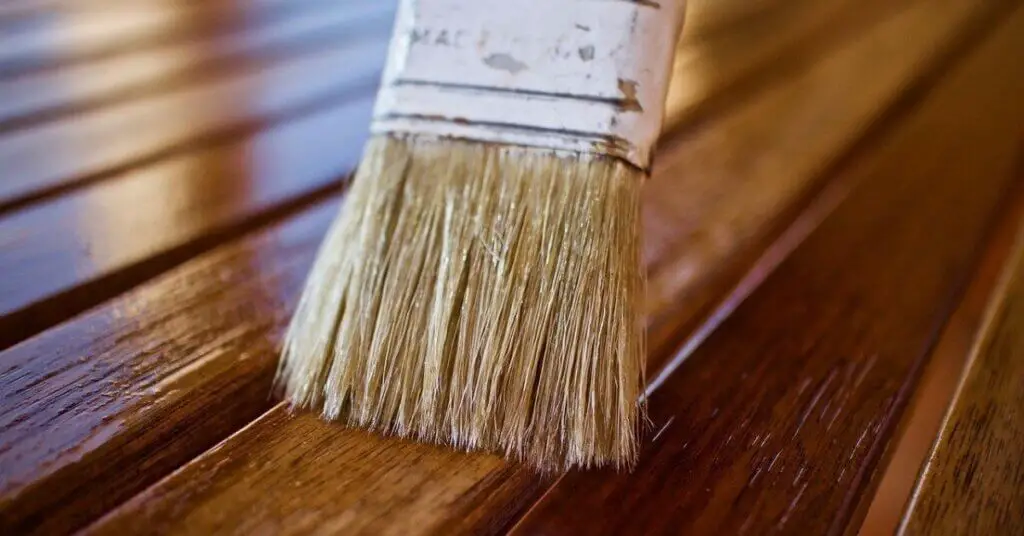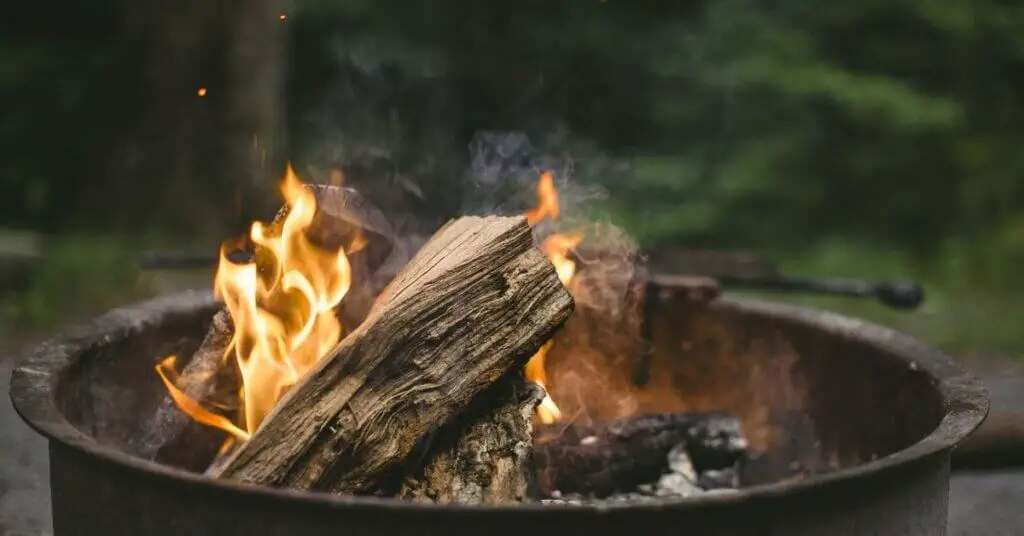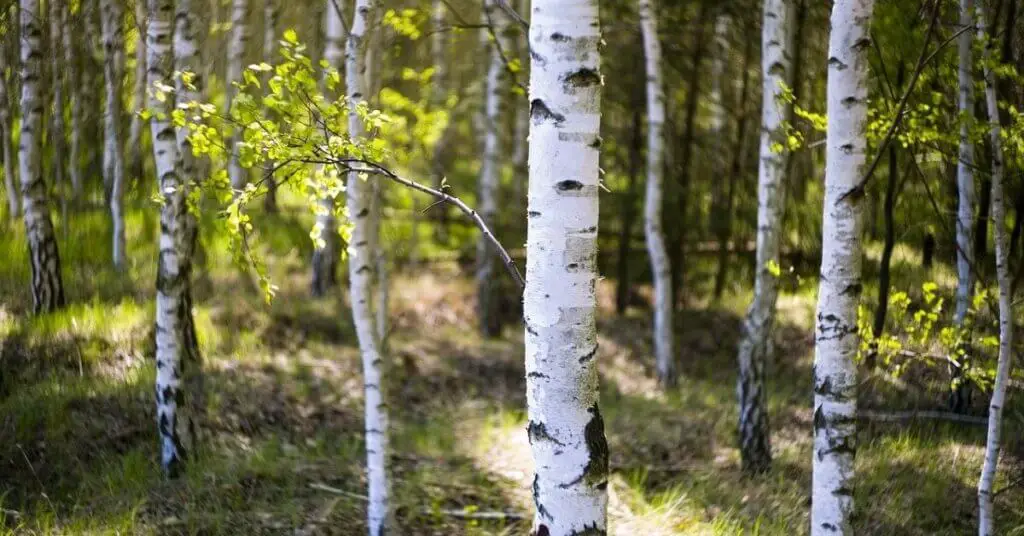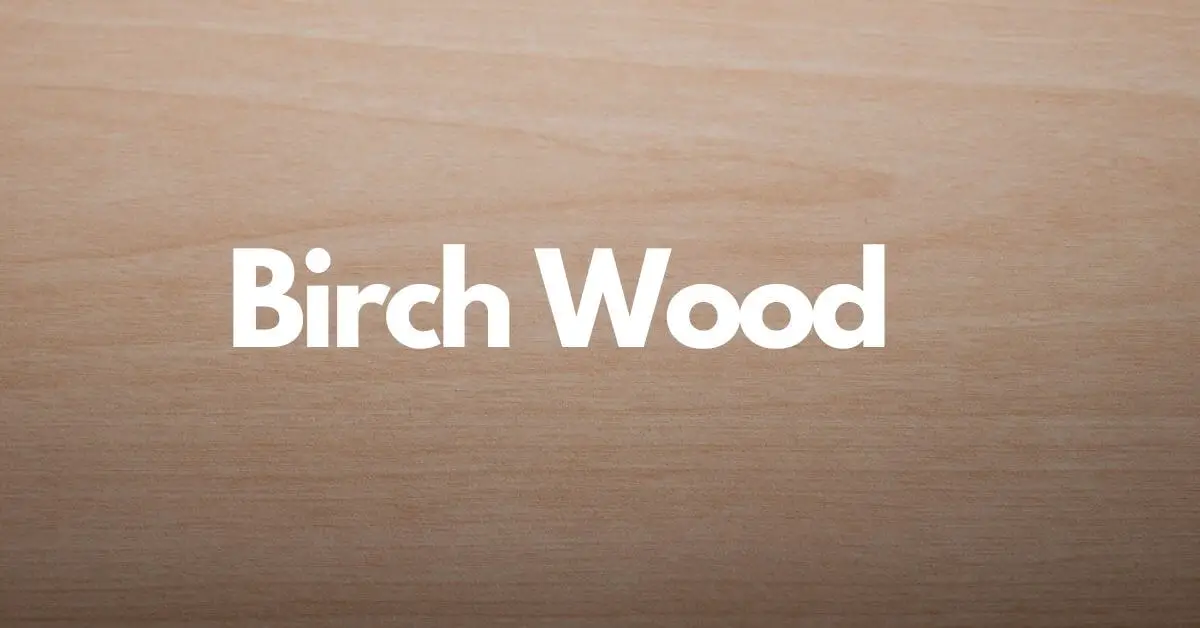Introduction
Birch woods are soft hardwood, known for making quality flooring and furniture. It gives a great light appearance, birch wood is light in weight and stable wood. Because of its light appearance, it is suitable for indoor furniture and flooring. It has many special properties, which make it different from other wood.
“Birch” is a common name of many species. Birch contains 30 to 60 Species. Some of these are rare because of frequent harvesting. The properties of these species are very close to each other. They are used on the basis of their physical properties. There is a difference in the hardness, grain pattern, and weight of these species.
It is a deciduous medium-sized tree or shrub. Most species of birch are native to boreal climates across the northern part of North America. While some species are native to Europe and Southwest Asia. Due to the demand for wood, it is exported all over the world.
| Scientific name | Betula |
| Wood color | Pale white to reddish-brown |
| Tree Height | 65-100 ft (20-30 m) tall |
| Workability | Great workability with machine and hand tools. |
| Finishing | Birch has good finishing qualities. |
| Rot Resistant | Not rot-resistant |
| Availability | It is easily available in many regions |
| Type | Hardwood |
| Uses | Plywood, boxes, crates, turned objects, etc. |
Birch Wood Uses
1. Flooring
Birch Wood is a great option for making flooring. Because of many reasons, such as natural light visual appeal, sufficient hardness, grain visibility, uniformity, availability, etc.
Its natural light color shows the room more space. While sufficient hardness protects it from regular dents and scratches, Birch woods requires regular care to make it durable and beautiful.
2. Furniture
The primary use of birch wood is used for making household furniture. Because it is durable, strong, and available in a wide range worldwide.
Carpenters prefer birch for furniture because it is easy to work and can be used without staining. Birch is a medium hardwood wood and shock-resistant. So birch wood is a better option for making all kinds of interior furniture.
3. Plywood/veneers sheets
The plywood industries widely use birch wood to make great plywood. Baltic Birch plywood is the most popular. It is made with a special method which is better in every respect than standard birch plywood. Baltic Bir is made entirely from birch plies(veneers). It is a general designation of plywood from Russia, Finland, and other Baltic states.
Baltic Birch plywood has Superior Screw Holding, great Strength, Stability, and an Attractive Appearance as compared to standard birch plywood. Birch plywood is a preferred material for making cabinets, benches, and tables.
4. Boxes and crates
Birch wood has been used for a long time to make boxes and crates. Wooden boxes can carry more weight than cardboard containers or boxes.
Because to make good quality boxes, the wood should be light, strong, and cheap. Due to the lightness of the boxes, there is a lot of convenience in transport.
5. Interior Trim
Birch wood is also used for interior trim. Because this finishes well and looks attractive. It can be shaped easily by small tools.
6. Medicine
Birch leaves, bark, and buds of the tree are used to make effective medicine. It is used to treat joint pain, kidney stones, bladder stones, urinary tract infections (UTIs).
But no scientific evidence is found. Therefore, before consuming it as a medicine, take expert advice first.
Working with Birch Wood
The workability properties of birch wood are good. It is easy to work with hand and machine tools. Birch woods are medium-density and straight-grained hardwoods.
But sometimes the irregular or interlocking grain can cause the grain to tear out during machining operations and has a moderate blunting effect on blades but overall workability is good.
Birch wood does hold nails and screws relatively well and is glued up easily. Pre-drilling is sometimes a good decision for small nails or screws.
All light-colored wood can be stained easily. Birch wood is one of these. It accepts stains very well. Birch wood has always been a famous wood for its great soft appearance.
Birch wood color/appearance
Heartwood tends to be a light reddish-brown, while the sapwood is nearly white. There is a slight difference in color according to the species of Birch. It does not show any ring pattern that other hardwoods make during the growth of the tree.
Birch Wood Advantages and Disadvantages
Each wood species has some advantages and disadvantages. So we can say that no wood is completely perfect and useless. Each wood has its own utility.
Before using Birch wood, we must know about its pros and cons. So let’s start.
Birch Wood Advantages
- Durability: Birch wood is known for its durability. It remains durable for a long time with less maintenance. Durability also depends on its maintenance.
- Appearance: It is known for its reddish light-brown color. Also, due to its straight grain pattern, It presents a fine appearance.
- Workability: Workability is great, Birch Wood can take up the stain and polish easily. So that it can be easily given the desired look.
- Availability: Birch Wood is easily available all over the world. Some rare species are Virginia round-leaf birch, north of America, and graceful birch, native to Japan.
- Affordable: Birch is less expensive than many other types of hardwood, such as oak.
Birch Wood Disadvantages
- Susceptible to insect attack: Birch does not have any natural rot-resistant properties. Therefore it is not suitable for outdoor applications.
- Crack: Birch wood is not suitable for wet seasons. When it dries, the wood starts cracking and wrapping. So The wood must be completely dry before use.
- WeaK: Birch is a common material for furniture. But many constructors do not want to use it for structure building material. Because Birch has not as good load capacity as cypress, redwood, and pressure-treated lumber.
- Color Change over time: Almost all wood changes its color due to continuous sunlight and weather change. Birchwood will become less ashy and develop a slightly yellow color. This can be a minor problem for those people who like the light natural color of birch wood.
To maintain the natural color for a long time, there is a need to apply protective layers of stain and polish.
How to Stain Birch Wood?

Generally, we know that light-colored wood can be stained easily. But it is not that easy to stain Birch wood. To stain Birch wood properly, you have to go through a few proper steps. But once the birch wood is stained, it gives better results.
The behavior of birch wood towards the stain is slightly different compared to the other woods. First of all, you have to prepare the surface of the wood to accept the stain well.
Do light sanding to remove scratches or cuts off a piece of wood. So that the rough surface becomes smooth. Before moving to the second step, clean the wood surface completely with a dry cloth.
Applying a pre-stain conditioner is a very important step. Don’t worry, the pre-stain conditioner won’t affect your stain color.
Birch wood absorbs the stain very quickly. Due to this uneven patterns and spots are formed. Using a pre-stain conditioner creates a thin layer on the wood. So that the stain gets absorbed for a while.
By doing this the stain gets applied well and helps in absorbing the stain equally.
Is Birch Wood Good Firewood?

Birch Wood is considered for use as firewood. It burns cleanly and does not spark. It produces medium heat during burning. The BTUs value of white birch is 20.3 Million BTUs per cord.
The BTUs (British Thermal Unit) is an energy unit, that measures the heat content of fuels or energy sources.
But Birch wood burns very quickly. So it is best when mixed with Elm and Oak. Use only after the wood is completely dry, it is easier to split than some of the other hardwoods.
Types of Birch

1. Bog Birch (Betula Pumila)
Bog birch is a medium-sized deciduous shrub that is native to North America. Mostly it is found in wet soil. it is monoecious, it means male and female flowers come out separately in the same tree.
These species can be found in bogs, calcareous fens, muskegs, wooded swamps, and lakes shores. It is not woody, wood is not obtained from it.
Height: it is about 1–4 m (3–13 ft) tall.
2. Cherry Birch or Sweet Birch (Betula lenta)
Cherry birch is commonly known as black birch, cherry birch, mahogany birch, or spice birch. This is a medium-sized (65-100 ft (20-30 m) tall, 2-3 ft (.6-1.0 m) trunk diameter), deciduous tree that is native to Northeastern North America.
Sweet birch wood is well known for being hard close-grained. Generally, it has straight or slightly wavy grain with a fine, even texture. Low natural luster.
Rot Resistance: Sweet birch is not rot-resistant. it starts to rot when exposed to external environments.
Hardness: Its Janka hardness is 1,470 lbf (6,540 N). Which is considered suitable for flooring.
Workability: Easy to work with hand and machine tools.
Uses: Plywood, boxes, crates, turned objects, interior trim, and Vehicles parts.
3. Dwarf Birch (Betula nana)
It is a monoecious, deciduous shrub. Common names of draft birch are arctic dwarf birch, dwarf alpine birch, swamp birch
Its length is only up to 0.5 ft to 3 ft. This is not a woody tree and plant. It is native to the arctic and cool temperate regions of Greenland, Iceland.
4. Himalayan Birch (Betula utilis)
Himalayan birch is a deciduous medium tree (20 m (66 ft) tall), native to the Western Himalayas. It is able to grow well in cold weather and low sunlight. Its bark was used for writing mantras centuries ago in India.
Native people use bark and other parts of the tree in medicine. The wood is used for doors, windows, and household furniture.
5. Japanese White Birch (Betula platyphylla)
Japanese White Birch (also called Asian white birch) is a medium to large tree, is native to Japan, China, Korea, Mongolia, and Russian Far East. The length of a healthy tree is 30 m (98 ft). It can grow well in both partial and full sunlight.
Betula platyphylla is dense and hard, used for quality furniture and woodenware.
Rot Resistance: Prone to rot.
6. Paper Birch (Betula papyrifera)
Paper birch is a medium-sized deciduous tree also known as white birch and canoe birch. Native to northern North America. Paper Birch got its name because of its thin white bark (which looks like paper). Its bark can be easily peeled off with fingers.
Wood is light reddish-brown to nearly white with straight and interlocked grain pattern.
Rot Resistance: Sweet birch is not rot-resistant. The wood is also susceptible to insect attack.
Hardness: Its Janka hardness is 910 lbf (4,050 N). Which is considered suitable for making boxes and plywood.
Workability: Easy to work with hand and machine tools. Turns glues, and finishes well.
Uses: Plywood, boxes, lumber, veneer, plywood, and pulpwood.
7. River Birch(Betula Nigra)
River birch is commonly known as black birch, water birch, native to the Eastern United States. Betula nigra is a medium to a large-sized deciduous tree that can grow up to 25–30 meters (80–100 ft) tall. Cultivated as an ornamental tree.
Wood colors vary from reddish-brown to nearly white. The grain pattern can be straight and wavy.
Rot Resistance: River birch is not rot-resistant. Due to exposure to outdoor weather, it tends to rot quickly.
Hardness: Its Janka hardness is 1,260 lbf. Which is considered suitable for making interior trim and plywood.
Workability: Generally easy to work with tools. Wild and interlocked grain can cause the grain to tear out during electric machining operations
Uses: Furniture, toys, other woodenware, boxes, crates.
8. Silver Birch (Betula pendula)
Silver Birch, is commonly known as warty birch, European white birch, or East Asian white birch. The silver birch is medium-sized (65-100 ft tall) deciduous tree, native to Europe and southwest Asia.
The wood is hard and strong, so it is perfect for making durable interior furniture.
Rot Resistance: Like other birch species, silver birch is also not rot-resistant. It is affected by moisture and dust.
Hardness: Its Janka hardness is 1,210 lbf (5,360 N). Which is considered suitable for making plywood.
Workability: Silver Birch is medium hardwood, easy to work with tools. Due to interlocking and irregular grain patterns, sometimes difficult in machine operation.
Uses: Furniture, plywood, veneers, parquet blocks, skis, and kitchen utensils.
9. Water Birch (Betula occidentalis or Betula fontinalis)
Water Birch is also called red birch. It is a deciduous tree growing about 10 m (33 ft) tall, native to western North America. Mainly it is used as a shady and ornamental tree.
Workability: Good
Rot Resistance: The wood is also susceptible to insect attack.
Uses: Plywood, boxes, furniture, and decorative items.
10. Yellow Birch (Betula alleghaniensis)
Yellow birch is commonly known as golden birch or swamp birch. It is a medium-sized (65-100 ft (20-30 m) tall) tree, native to northeastern North America.
Heartwood tends to be a light reddish-brown, with nearly white sapwood. It has a straight grain pattern but sometimes may be wavy.
Rot Resistance: Yellow Birch is perishable. It is affected by moisture and dust, rots, and decay when exposed to the weather.
Hardness: Its Janka hardness is 1,210 lbf (5,360 N). Which is considered suitable for making plywood.
Workability: Yellow Birch is low to medium density hardwood, easy to work. Sometimes machine operation can be difficult.
Uses: Plywood, Toothpicks, Shelving, turned objects, interior trim, and other small decorative items.
Resource: wood-database.com, Wikipedia

